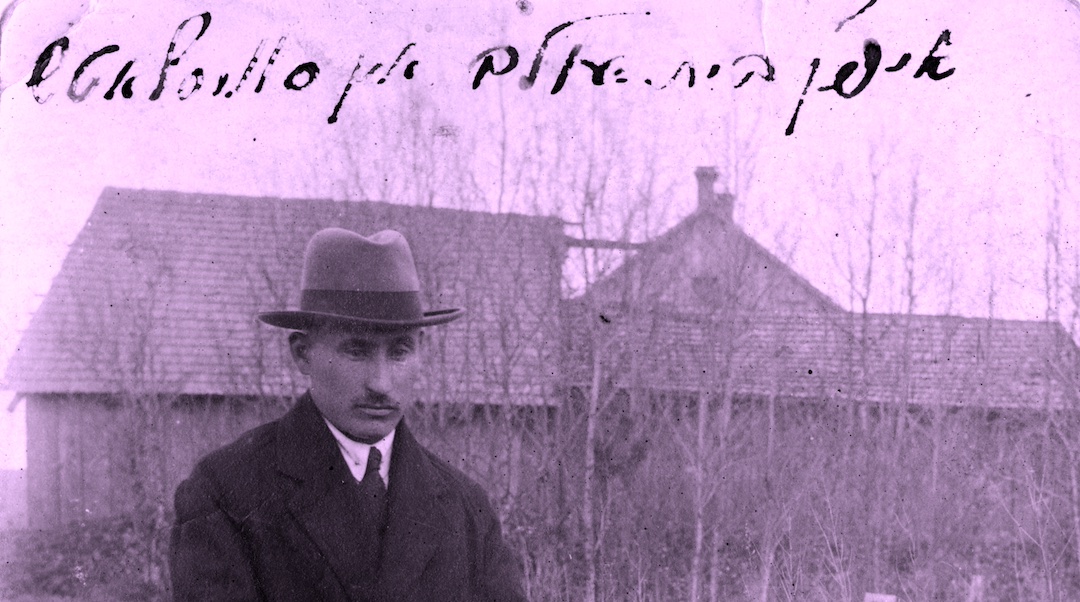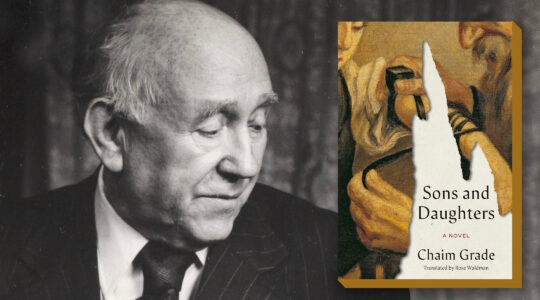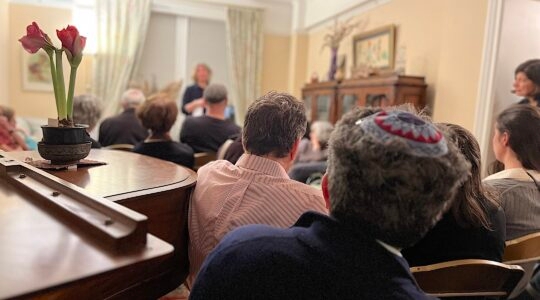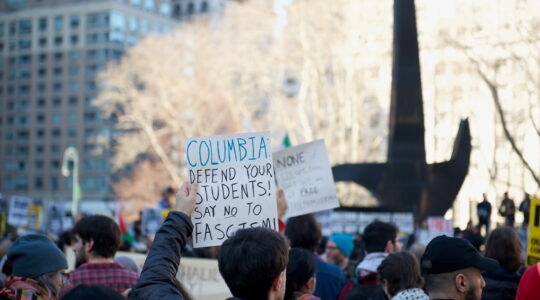Less than three months after Hamas invaded Israel on Oct. 7, 2023, producers of the doomed Nova Musical Festival created a traveling exhibit in Tel Aviv about the more than 360 partygoers slaughtered on that day. Featuring the belongings of the victims and video testimony of the survivors, the exhibit was restaged in New York and will soon travel to Los Angeles.
An Israeli survivor of the massacre said the instant museum was necessary “to memorialize what happened and remember our friends who were killed there.” Visitors to the exhibit in New York told reporters that they were there to remember, to mourn and to remind themselves and others why Israel is fighting a brutal war. After seeing the exhibition, the managing editor of the Yeshiva University student newspaper wrote, “Unlike any Holocaust museum I’ve ever been to, there was no new beginning.”
The Jewish impulse to remember a tragedy even as it is still unfolding, before its historical significance is fully understood, is explored in a new book by Jeffrey Shandler. “Homes of the Past: A Lost Jewish Museum” is about the attempt in 1944 by YIVO, the Yiddish research center that had been transplanted from Vilna to New York during World War II, to create a museum in the city devoted to the Jews of Eastern Europe. The crematoria at Auschwitz were still burning when YIVO took out ads in the American press asking for artifacts of an “old country” that was about to disappear.

Jeffrey Shandler, Distinguished Professor in the Department of Jewish Studies at Rutgers University, is the author of “Homes of the Past: A Lost Jewish Museum.” (Etty Lassman; Indiana University Press)
Although the museum was never built, Shandler writes that the plan — in a heartbreaking turn of phrase — “marks the inflection point between engaging this population as a living culture and examining it as a bygone phenomenon.”
YIVO, founded in 1925 to study and document the history and culture of Yiddish-speaking Jewry, realized that there was no going back to Eastern Europe, and that the future of the Jews lay elsewhere. “Starting in the late 1930s some of the scholars active at YIVO in Vilna had come to the United States either as immigrants or as refugees,” Shandler said in an interview Thursday. “By 1943 they had this terrible realization that everything that they worked for was gone. And then the question was, what do we do now?”
Archival material on the museum plans is scant, although Shandler, a Jewish studies professor at Rutgers University and the author of a “biography” of Yiddish, found internal memoranda, solicitations for donations and other documents that show the planners’ intentions, which they announced in January 1944. Many of the letters are written by or to Max Weinreich, YIVO’s director of research, over the course of a few years.
“The plan was quixotic and they don’t have a lot of money. They don’t have a space for this museum,” said Shandler. “And they’re still trying to figure out who are the American Jews that are going to be their constituents…, because their sensibility is still very European.”
That might have been the glory of the museum, but it may also have been its downfall. The museum would be rooted in European notions of nationalism, with a twist: The national culture of the Jews as they saw it was found in “Yiddishland” — a far-flung, diverse diaspora connected by a common tongue. YIVO invoked the idea of Doikeyt — “hereness”— which asserts that Jews could be fully at home wherever they happened to be living, while maintaining a distinct cultural, social and political culture of their own.
That synthesis was captured in the name of the proposed museum: “Muzey fun di alte heyman” — literally, “museum of the old homes,” plural, to reflect the “internal diversity to this vast territory of Eastern Europe and beyond,” said Shandler.
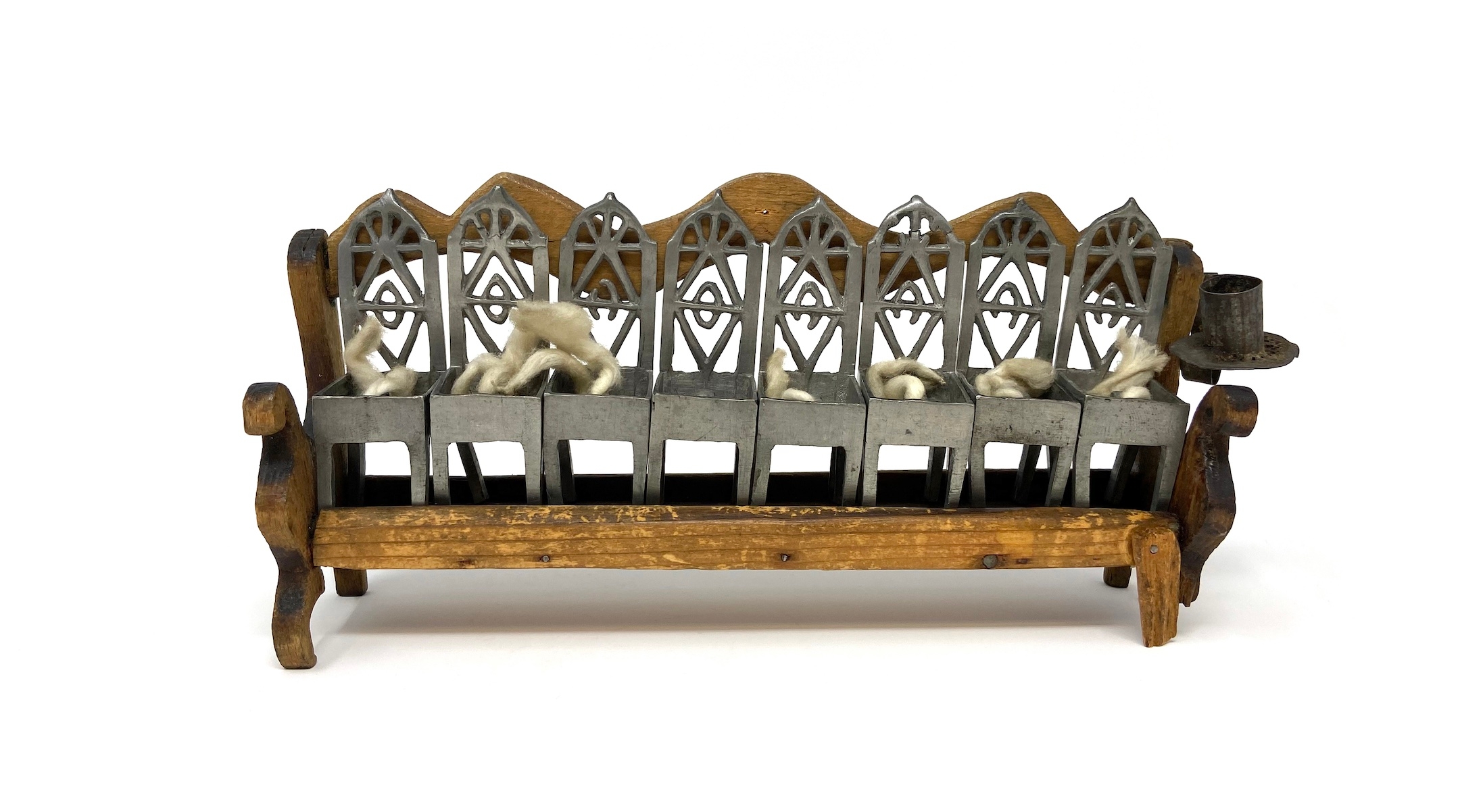
A Hanukkah lamp donated to YIVO for the Museum of the Homes of the Past by Jacob Seifter. Then a resident of Cleveland, Seifter grew up in Galicia before immigrating to the United States. The lamp was made by his father, Chaim Aryeh Seifter, in 1872, on the occasion of his bar mitzvah. Jacob Seifter reported that his father, who had been born in Myślenice, near Kraków, was murdered in Auschwitz in 1942. (Archives of the YIVO Institute for Jewish Research)
Unfortunately, American Jews, eager to assimilate, seemed less interested in Yiddish culture than in their future as an English-speaking ingredient in the melting pot. (Zionists, too, were not excited by a memory project that distracted from building a Hebrew-speaking Jewish home in the historic Land of Israel. When “Doikeyt” is invoked today, it is often by anti-Zionist Jews who reject the idea of a Jewish nation-state.)
For that and other reasons, Shandler writes that the museum plans “seem to have been both too late and too early”: too late because that European idea of cosmopolitanism had been obliterated, and too early because the Jewish world was decades away from a craving to reclaim the past that led to an explosion in museums devoted to the Holocaust and Jewish history. YIVO’s idea for a museum was shelved sometime around 1950.
Still, all of the museums created during that boom, from the POLIN Museum of the History of Polish Jews in Warsaw to the Yiddish Book Center in Massachusetts to the exhibits YIVO puts on at its headquarters in Manhattan, share some of its animating mission.
“The museum is going to instill a sense of value in what and where you come from as a Jew. It’s going to inform who you are as a Jew and American, so it’s learning from the past to shape and enhance your future,” is how Shandler explains that ethos.
Shandler also describes a YIVO project that painfully anticipates the impulse behind the Nova exhibit. In January 1947, YIVO mounted an exhibit of some of the artifacts it had accumulated at its former headquarters on 123rd Street. The exhibit was called “Jews in Europe, 1939 to 1946,” a neutral title for a tragic display about a 1,000-year-old culture that all but disappeared within a savage decade. Like the Nova exhibit, it attracted large crowds and traveled to at least one other city. Unlike the Nova exhibit, it included a section on “life after the liberation” — a new beginning for the survivors.
“I think it’s really remarkable, and especially at this moment of profound grief for these people, that they didn’t just succumb to despair,” said Shandler of the museum’s planners. “Everything they lived and worked for, people who they know have been murdered, their institution is a shambles.”
Instead, he said, the scholars and curators of the recent, and recently destroyed, Jewish past, started thinking about how they could “give back to the people we study to enhance their lives.”
“It’s not memorialization as an end in itself, which is a legitimate practice,” he said. “Instead, they begin to think at this terrible moment: How do we move forward?”
On Monday, June 24 at 1 p.m., YIVO will host a free online discussion with Shandler about “Homes of the Past: A Lost Jewish Museum” with Jewish historian Deborah Dash Moore. Register here.
The New York Jewish Week brings you the stories behind the headlines, keeping you connected to Jewish life in New York. Help sustain the reporting you trust by donating today.

